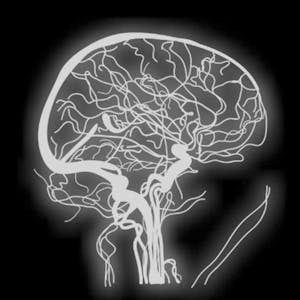Fundamental Neuroscience for Neuroimaging
About this Course
Neuroimaging methods are used with increasing frequency in clinical practice and basic research. Designed for students and professionals, this course will introduce the basic principles of neuroimaging methods as applied to human subjects research and introduce the neuroscience concepts and terminology necessary for a basic understanding of neuroimaging applications. Topics include the history of neuroimaging, an introduction to neuroimaging physics and image formation, as well as an overview of different neuroimaging applications, including functional MRI, diffusion tensor imaging, magnetic resonance spectroscopy, perfusion imaging, and positron emission tomography imaging. Each will be reviewed in the context of their specific methods, source of signal, goals, and limitations. The course will also introduce basic neuroscience concepts necessary to understand the implementation of neuroimaging methods, including structural and functional human neuroanatomy, cognitive domains, and experimental design.Created by: Johns Hopkins University

Related Online Courses
This course offers a hands-on journey into the practical applications of Generative Artificial Intelligence (GenAI) in program management. Designed to revolutionize your approach to managing... more
Course description: Contracts I & II provides a comprehensive overview of contract law in the United States. The course covers most of the key concepts found in a first year law school class. Each... more
This program provides the skills you need to advance your career in cloud architecture and provides a pathway to earn the industry-recognized Google Cloud Associate Cloud Engineer certification.... more
This course offers a comprehensive exploration into advanced API development using Node.js, Express, and MongoDB, all within the context of building a fully functional Twitter Clone. Starting with... more
In this 2-hour long project-based course, you will learn how to create a basic Flask web application, handle requests with route decorators, return responses, raise errors, and run the app locally... more








